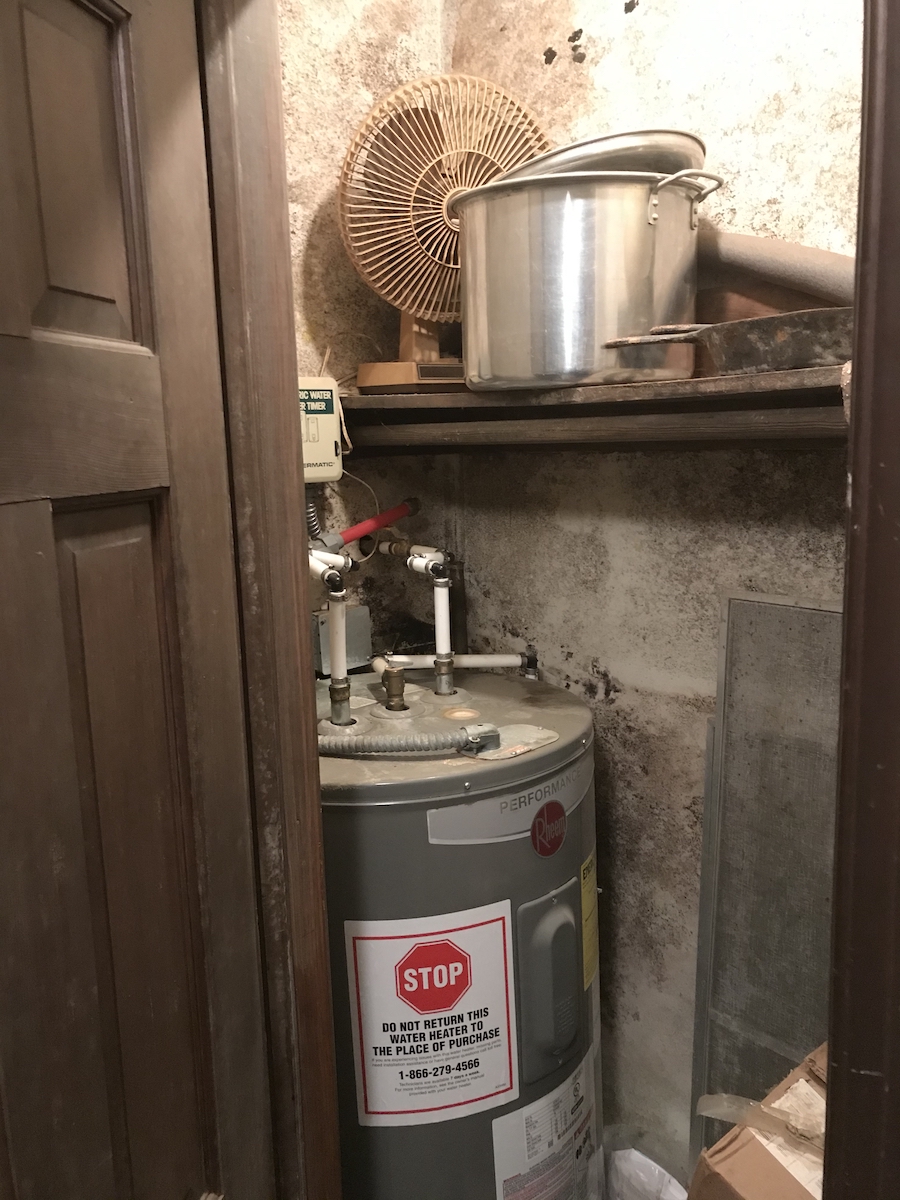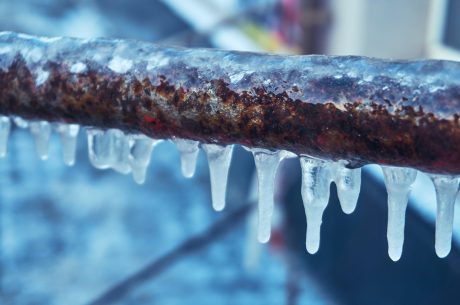When water damage strikes, it can be a devastating blow to your home or business. In Richmond, VA, where weather conditions can vary drastically, understanding what type of water damage is not covered by insurance is crucial. With the city’s unique blend of historical architecture and modern infrastructure, property owners face specific challenges when it comes to safeguarding their investments.
Knowing the nuances of your insurance policy can save you from unexpected expenses during an emergency. Let’s dive into the specifics of water damage coverage and what typically isn’t covered by insurance in Richmond, VA.
Understanding Water Damage Insurance
Before we delve into what isn’t covered, it’s important to understand what water damage insurance generally includes. Homeowners’ insurance policies are designed to protect you from a variety of unexpected events, and water damage is often one of them.
Most homeowners’ insurance policies cover sudden and accidental water damage. This means if a pipe bursts or your washing machine overflows unexpectedly, you’re likely covered. However, insurance policies often have specific exclusions, especially when it comes to water damage.
Commonly Covered Water Damage
- Burst Pipes: If a pipe bursts due to freezing weather or sudden failure, insurance usually covers the resulting damage. This is a common occurrence during Richmond’s cold winters, where temperatures can drop suddenly, causing pipes to freeze and burst. Insurers recognize this risk and typically include it in standard policies.
- Accidental Overflows: Water damage from appliances like dishwashers and washing machines that overflow by accident is typically covered. This is because such incidents are considered sudden and unforeseen, fitting the criteria for coverage under most policies.
- Rain Damage: If rain enters through a damaged roof or window following a storm, the damage is often covered. However, it’s important that the initial damage to the roof or window was not due to neglect or lack of maintenance, as this could impact coverage eligibility.
Types of Water Damage Not Covered by Insurance
It’s essential to note that not all water-related incidents are covered by standard homeowners’ insurance. Understanding these exclusions is key to avoiding surprise expenses. Here are some situations where water damage might not be covered:
Gradual Damage
One of the biggest exclusions in water damage insurance is damage that occurs gradually over time. This includes:
- Leaking Pipes: If a pipe has been leaking slowly and causing damage over months or years, this is often considered maintenance neglect and is not covered. Regular inspections and prompt repairs are essential to prevent such issues, as insurers expect homeowners to maintain their properties diligently.
- Roof Damage: Water damage due to a roof that has not been maintained properly is usually excluded from coverage. Insurers expect homeowners to conduct routine maintenance and repairs to prevent water infiltration from worn-out roofing materials.
Flooding
Standard homeowners’ insurance policies do not cover flood damage. Flooding is defined as water rising from the ground up, such as from a river overflow or heavy rain that causes water to seep into the home. Richmond’s proximity to bodies of water makes this a significant concern for residents.
To protect against floods, homeowners need a separate flood insurance policy. This is particularly important for those living in designated flood zones where the risk is higher.
Sewer Backup
Damage caused by sewer or drain backups is typically not covered by standard homeowners’ insurance. However, you can purchase additional coverage or endorsements to protect against this type of damage. Sewer backups can lead to significant clean-up costs and repairs, so investing in this extra coverage can be a wise decision, especially in older neighborhoods with aging infrastructure.
Mold and Rot
If water damage leads to mold growth or rot, the coverage depends on the cause of the water damage. Mold resulting from a covered event, like a burst pipe, may be included, but mold from gradual leaks or poor maintenance is not. Mold remediation can be costly, so understanding your policy’s stance on mold coverage is vital for financial preparedness.
Steps to Take in an Emergency Water Damage Situation
When faced with water damage, it’s crucial to act quickly to minimize damage and ensure you can make a successful insurance claim if applicable. Prompt action can significantly reduce repair costs and prevent further damage.
- Document the Damage: Take photos and videos of the affected areas immediately. This documentation will be invaluable when filing a claim, providing clear evidence of the extent of the damage.
- Prevent Further Damage: If safe, try to stop the water source, such as turning off the main water supply. Quick action can prevent additional water from causing more damage, preserving the integrity of your property.
- Contact Your Insurance Company: Report the incident as soon as possible to start the claims process. Early notification ensures your claim is processed promptly, helping you access funds for repairs quickly.
- Hire Professionals: Engage emergency water damage restoration services to clean up and repair the damage. Professional services can provide thorough assessments and repairs, ensuring your property is restored to a safe and habitable condition.
How to Ensure Proper Coverage
To ensure that you are adequately protected against water damage, consider the following tips. Proper preparation and understanding of your policy can prevent financial strain and ensure swift recovery from water-related incidents.
Regular Maintenance
Regularly inspect and maintain your home’s plumbing, roof, and appliances to prevent gradual damage. This can help avoid issues that may not be covered by insurance. Scheduled maintenance checks can identify potential problems early, allowing for timely interventions that prevent extensive damage.
Purchase Additional Coverage
Consider purchasing additional endorsements for things like sewer backup or investing in a flood insurance policy if you live in an area prone to flooding. These additional coverages can provide peace of mind and financial security against specific risks not covered by standard policies.
Review Your Policy
Regularly review your insurance policy to understand what is and isn’t covered. Speak with your insurance agent to clarify any uncertainties and adjust your policy as needed. Staying informed about your coverage ensures that you are not caught off guard by policy exclusions when disaster strikes.
Conclusion
Knowing what types of water damage may not be covered by insurance in Richmond, VA, can help you avoid costly surprises. Staying on top of maintenance, reviewing your policy, and being ready to act during emergencies are key steps in protecting your home or business from water-related issues.If you are facing water damage or have questions about the restoration process, contact the experts at PuroClean of Richmond. Our team is here to provide expert support and fast response when you need it most. Let us help you recover quickly and safeguard your property with reliable, professional service.




 PuroClean Restoration Professionals
PuroClean Restoration Professionals